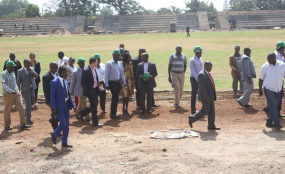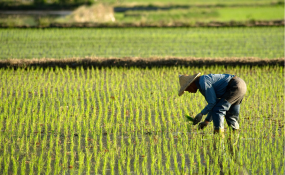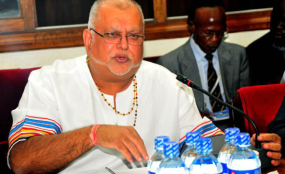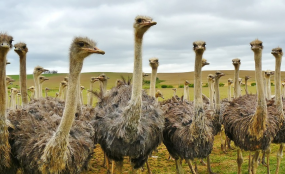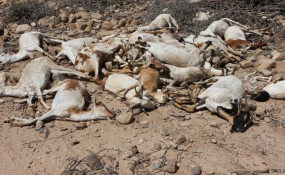By Cellestine Olilo
Construction work in the five venues earmarked to host the 2018 African Nations Championship (CHAN) in January is yet to begin even as Caf inspectors are expected in the country in less than two weeks.
Contractors who expressed interested in facilitating construction in the five venues two months ago are yet to be contacted, meaning that construction work may not commence this month as scheduled.
Addressing the matter, Sports Permanent Secretary Kirimi Kaberia said that the tendering process will be completed by the end of this week, after which construction work will commence immediately.
“We are on the last stage of evaluating tenders, and within the next few days the successful bidders will be notified. We have checked the bids we have and we have identified people who have the capacity to deliver what we want within the set timelines,” he said.
“Once that has been completed, we shall immediately mobilise the contractors and get them on site as fast as possible. We shall be ready for the inspection.”
The African football chiefs confirmed August 20 as the date for yet another inspection visit whose purpose will be “to assess progress following the June 2017 mission”.
The Caf delegation that conducted the June visit openly expressed dissatisfaction with the progress made by the country so far, even revealing that they will explore “Plan B”.
According to the tendering advertisements placed by Sports Kenya in June, the institution was looking to have new grass turfs laid on the five venues, have the stadia fitted with seats, install “electronic and state of the art water reticulation and irrigation system” to maintain the quality of the grass.
As it stands however, work is yet to begin at the Moi International Sports Center Kasarani, Nyayo Stadium, Kenyatta Stadium in Machakos, while the Kinoru Stadium in Meru and the Kipchoge Keino Stadium in continue to lag behind schedule.
Kaberia however revealed that Caf have requested to have the dates of the inspection visit pushed forward due to internal reasons, which will give them more time to get the contractors on the ground.

